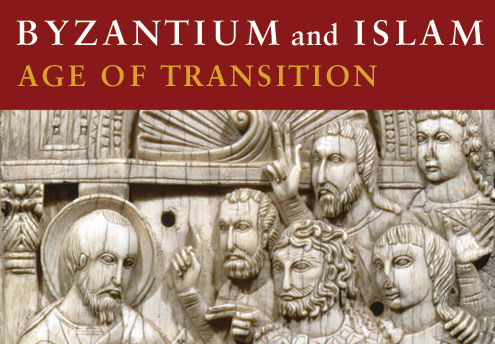Scholars used to believe that the startling expansion of Islam was due to the zeal of converts to the new faith. Now students of early Islam often argue that overpopulation of the Arabian peninsula set off the expansion. The first stages of the advance into lands already infiltrated by Arabs. The movement quickly gathered momentum; Islam was its battle cry, but its motives included the age- old ones of conquest for living space and booty.
Syria, Palestine, and Persia were conquered almost simultaneously by two armies between 633 and 641. The Syrian province fell easily. By 639 Jerusalem had been captured; in 651 the native Persian dynasty was ended. During 639-642 the Arabs added Egypt, the major Byzantine naval base. Launching ships, they seized Cyprus and Rhodes and began attacking southern Italy and Sicily. Moving west across North Africa, they took Carthage in 698 and conquered the native Berber tribes. In 711, with a mixed force of Berbers and Arabs under the command of Tariq, a freed slave, they invaded Spain across the Straits of Gibraltar. (The name Gibraltar is a corruption of Arabic words meaning “Rock of Tariq.”)
By 725 the first Muslims had crossed the Pyrenees, to meet Charles Martel near Poitius seven years later. Meanwhile, they had been spreading east from Persia throughout what is today Soviet Turkestan, and in 724 they had reached the Indus River and the western frontiers of China. They also moved south from Egypt and North Africa into the little- known desert regions of central Africa. These conquests of the first century of Islam were virtually final. Only the Mediterranean islands and Spain were permanently reconquered by Christians.

